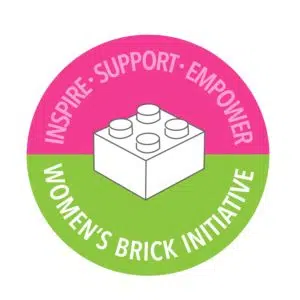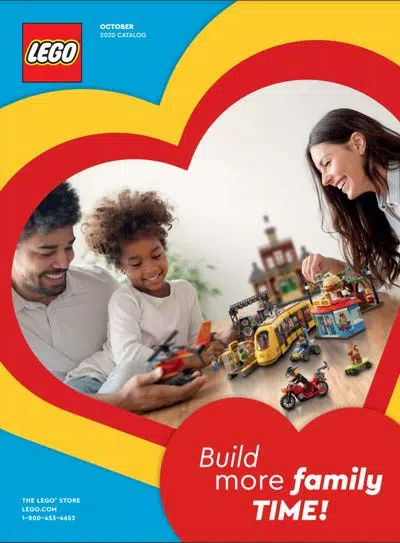
Catalogs are published once or twice a year, and especially avid LEGO users can subscribe to the Club Magazines. Catalogs enable users to connect to the LEGO world and keep up to date on exciting sets, like the newest Ninjago or Star Wars collections. LEGO also uses the catalogs as a way of inviting new users with fresh advertising while still linking with older users, who often stockpile the magazines as collectibles.
The LEGO catalog has been published annually since 1966, with the first catalog showcasing a young boy building a set. The catalogs vary in size (Large – Small) and publication location, from the UK to North America. A LEGO subscriber has access to International catalogs, as well as Technic catalogs, Train catalogs, and Holiday catalogs.
As a huge marketing aspect of LEGO, one might hope that LEGO would take the respectable steps to form an inclusive atmosphere in attempts to reach its global audience. However, the LEGO PR department appears to be lacking in this area. And while one might point to LEGO’s Danish birthplace as a reasonable cause, the catalog’s selective issuing also seems to be purely Eurocentric.
Of the 181 total characters ever represented in LEGO’s Catalog publication history, only 15 are characters of color, with the first POC minifigure appearing in 1994 as an exaggerated caricature of an indigenous person and the first POC human appearing in 1995 as an illustration.
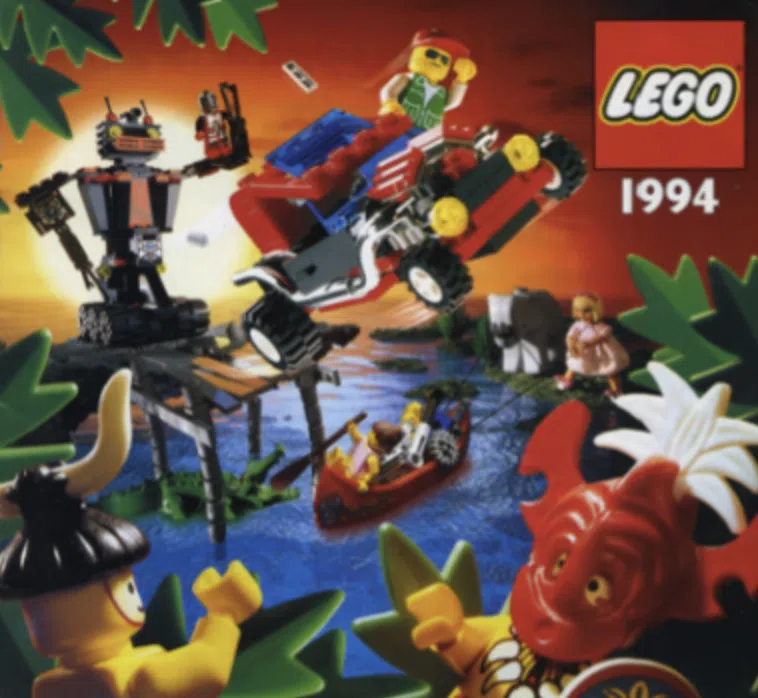
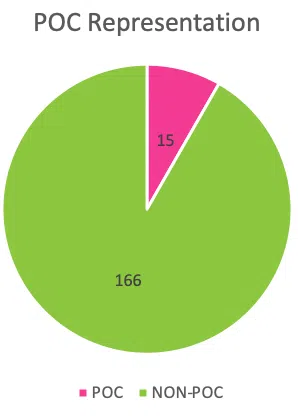
Again, this might be attributed to the fact that LEGO catalogs are solely released in countries where the majority of the population identifies as white, and yet, as POC are gaining voices on the international level, LEGO should acknowledge these demographic trends and alter their PR to match said trends.
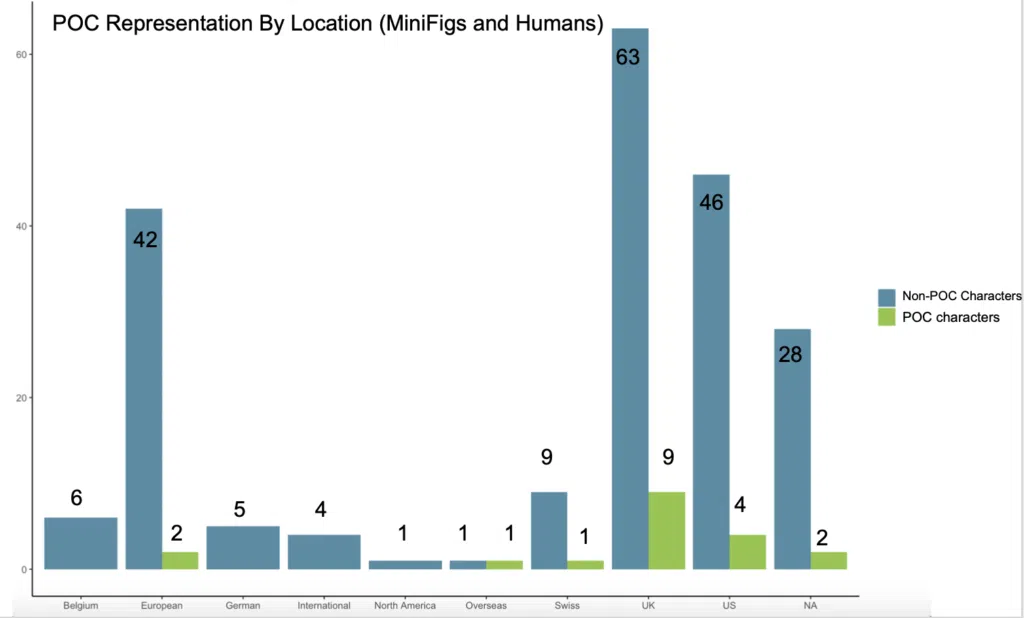
Additionally, LEGO’s catalogs appear to single out another minority within their pages. Classically underrepresented in LEGO’s minifigures, women representation, via both minifigures and real humans, are just as sparse on catalog covers.
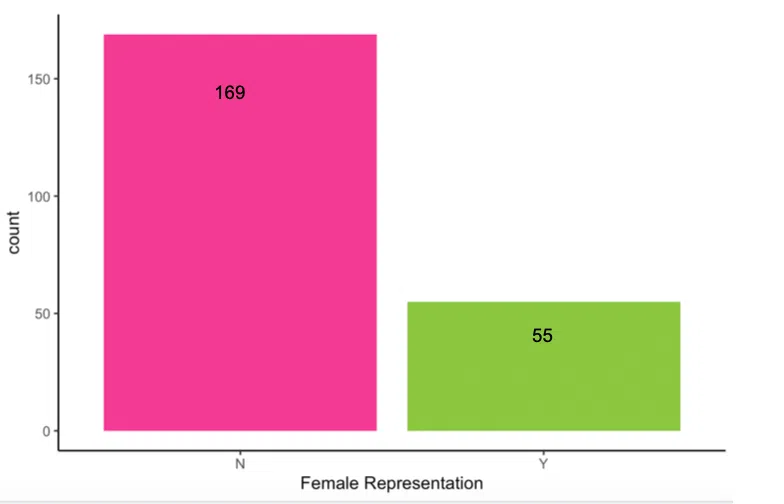
Spanning throughout the years and across all national borders, the women builders of LEGO find themselves underrepresented.
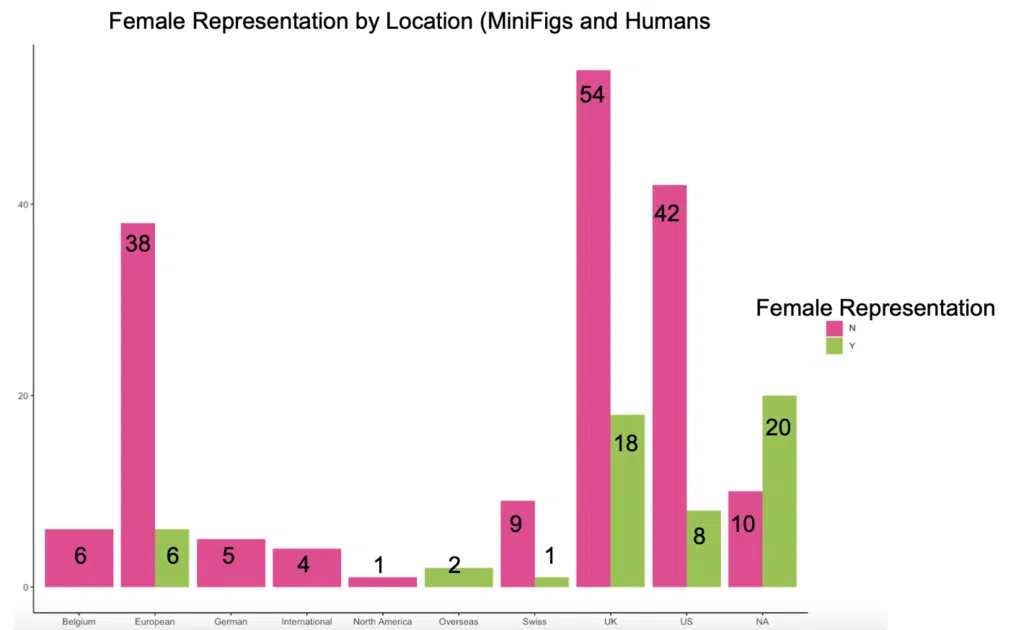
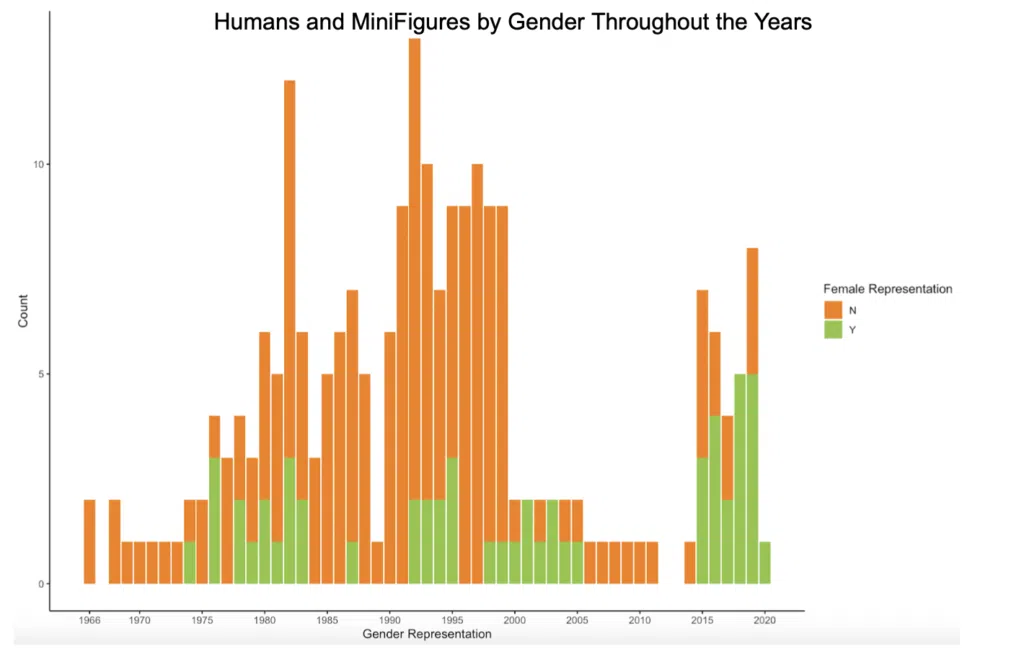
The Technic version of the Catalog have only featured men, with their themes predominantly focusing on subjects that are associated with male interests: cars and vehicles. The only catalog cover to feature a woman as its main character was the 1974 UK catalog.
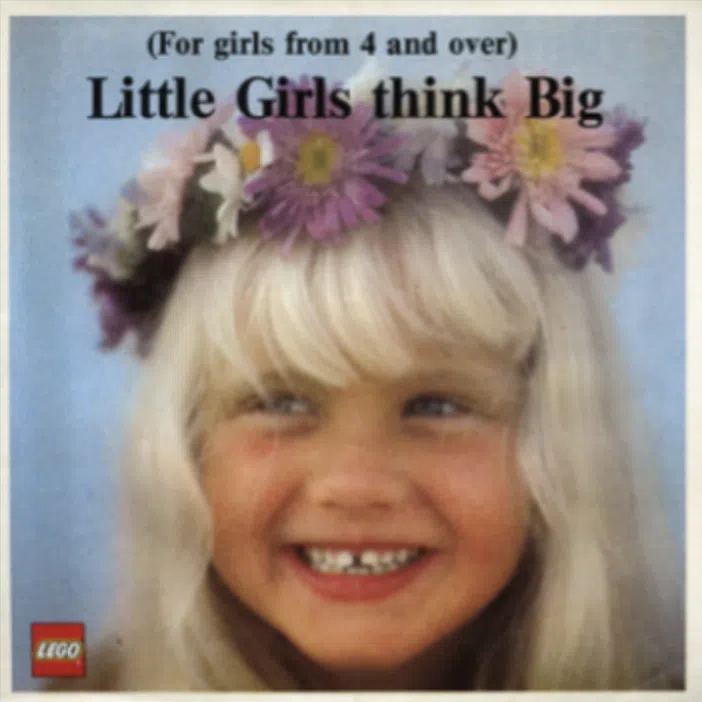
For 50 years, LEGO’s catalogs have followed the same thematic patterns. While representation is growing for both people of color and women, LEGO should realize their audience is filled with more than white men.
